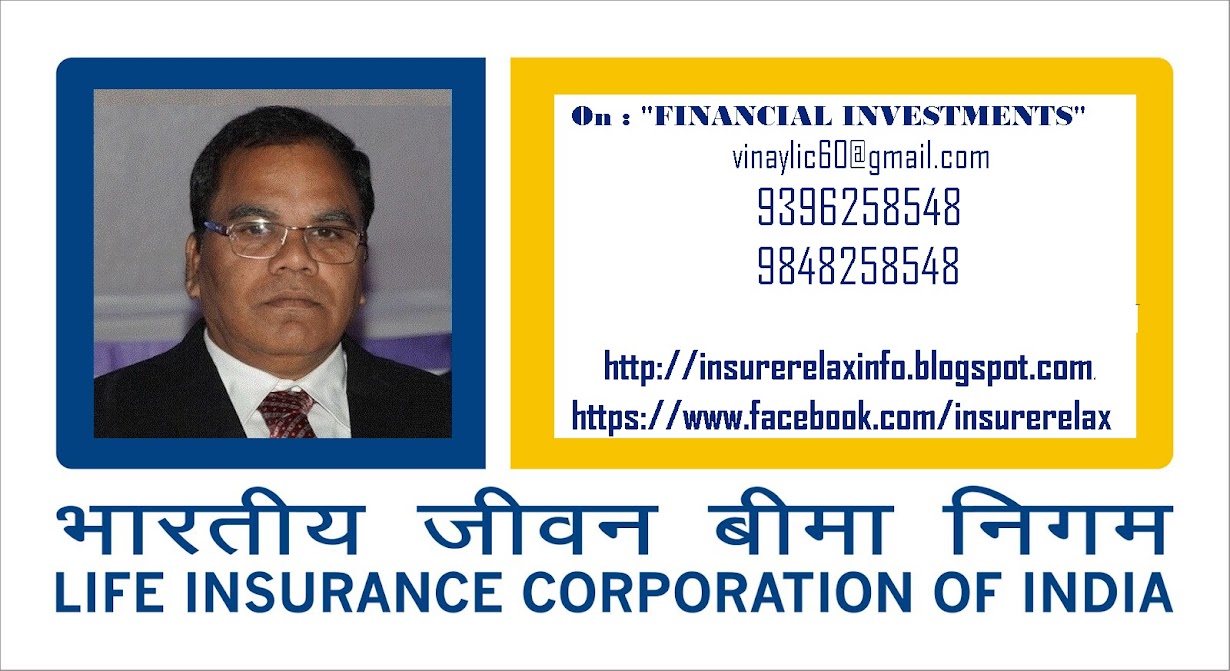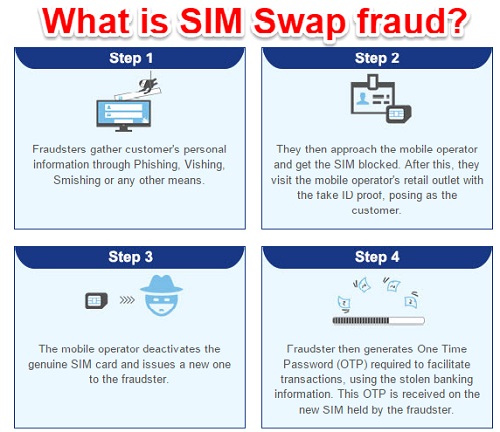INFORMATION TO AGENTS reinds ON ECS OPERATIONS:
Points to be noted at the time of procuring & submitting proposals:
Obtain a xerox copy of the Bank Passbook or a cancelled cheque leaf with accountholder’s name printed on it. This will help creation of NEFT Master after completion of the proposal.
The life assured and the bank account holder may be different. Mention the name of the Bank Account holder also clearly in the proposal form. This detail is not asked in the proposal form.
Obtain and submit the Mobile No. of the customer. This will facilitate sending of ECS premium adjustment details & Dishonor details to the customer through SMS.
Clearly enquire the customer his/her convenient debit date for ECS. Accordingly you can select the DOC. The ECS debit dates fixed by Central Office are 7th, 15th and 28th of every month.
Examples:
If DOC is between 1st and 7th ECS debit date will be chosen as 7th.
If DOC is between 8th and 15th ECS debit date will be chosen as 15th.
If DOC is on or after 16th, the ECS debit date will be 28th.
At NB Stage, Dating back facility is now allowed for policies introduced in ECS mode.
In case, the chosen debit date is not convenient to the customer, the debit date can be altered in PS Dept. provided the new debit date should fall within the days of grace. For instance, if the policy is completed on 28th, the Debit date 28th is chosen automatically in NB Dept. If the customer wants the Debit date to be 7th of next month, this can be changed in PS Dept. through RFM.
Ensure the ECS MANDATE FORM contains Utility Code of LIC PRM i.e. 4009056
Only the new ecs mandate form available in PCMC Website is to be used. It is to be prepared in triplicate. One copy for Bank, One copy for LIC and one copy for Policyholder. Note to furnish the details of IFSC Code also. After completion of the proposal the data can be used for creation of NEFT details also.
The Branch can register policies (new/existing) under ECS only when the MICR Master is available in our efeap for a given MICR Code. In some cases the MICR Master may not be available for a given MICR Code in efeap due to various reasons like newly opened Bank Branch or MICR Code changed subsequently with RBI, etc.
If the MICR Master for a given MICR Code does not exist in efeap, the Dev. Officer/Branch can send a mail to
sz_...@licindia.com giving details like MICR code, Name and Adress of the Bank for creation of MICR Master.
The ECS Department will recommend to C.O. for creation of MICR Master in efeap provided the said MICR Code is found place in the RBI’s approved list of valid MICR for RECS facility. If a particular bank branch is not covered under RECS facility by RBI, the customer has to opt for other modes of payment.
A proposal under ECS mode can be completed even if the policyholder is having his/her Bank Account in some other ECS enabled City. For Example: The policy can be completed in Chennai with bank details of Bangalore. On completion the ECS master will be merged in Bangalore ECS center and further premium collection will be made in Bangalore ECS center.
. Points to be noted at the time of completing the proposal in NB Dept:
For completion under Green Channel, generally after data capturing the NB Review slip is handed over to the agent for remittance of premium across the counter. The Dev. Officer/Agent is advised to verify whether the Name of the Bank account holder, SB Account Number and MICR Code are properly keyed in.
While capturing data for NB registration for ECS policies, the system would capture only 15 digits for Bank Account Numbers. We summarize herebelow a few clarifications received from a few banks as to how to key in Bank Account numbers when they are more than 15 digits. The rules for curtailing the digits vary from one bank to another bank.
Example 1)
As per our telephonic talk with SERVICE BRANCH of SOUTH INDIAN BANK, Chennai, we give below the procedure relating to keying in of Account Numbers of South Indian Bank customers:-
16 digit Account No: 0510 053 000002808
The first 4 digit represents Branch code
The next 3 digit represents Account Type
The rest 9 digit represents Account Number.
While keying-in Account Number in ecs master, we have to delete
the 8th digit (which is normally zero) i.e. 0510 053 00002808
Even if the Account Type is 073 or 081, the same procedure should be followed.
Example 2)
For KARUR VYSYA BANK also the same procedure as outlined above can be followed i.e.
Account Number: 0253104000050980
To be keyed in as: 025310400050980
Example 3)
For PUNJAB NATIONAL BANK, details are available in pcmc website
Account Number: 2510000100348492
Delete the 5th digit which is normally zero
To be keyed in as: 251000100348492
Example 4)
For IDBI Bank and Karnataka Bank customers, the Account number would
contain 16 digits and we have to omit the 16th digit.(Deatils available in pcmc website also)
Account Number: 0602500100045601
to be keyedin as : 060250010004560
After completion of the proposal the Dev.Officer/Agent is advised to handover the ECS Mandate to the Bank in duplicate. Many banks register the ECS Mandates in their system and allot mandate Regn. Number also. Obtain a copy of the ECS Mandate as an acknowledgement from the bank for having submitted the ECS mandate.
Note to mention the Premium + Service tax@3.5% (or 14% in case of term assurance policies) as UPPER Limit in the ECS Mandate form.
With effect from 1st June 2015, Service Tax has been revised by Govt. of India. Some banks have dishonoured ecs invoice with the reason “Misc” or “Mandate not received” etc, as the invoice given by LIC is more than the UPPER LIMIT created by them. In such cases, you may advise the policyholder to submit revised ecs mandate form with new ECS premium including the increased Service Tax.
Points to be noted with regard to servicing of ECS Policies:
You may consider convert the existing SSS policies in to ECS from PAs where the total number of policies is less than 15.
While converting policies from SSS, the policies are to be first converted to ordinary mode (Mly, Qly, Hly or Yly). Then only the policy can be converted to ECS. (If the policies under SSS are directly converted in to ECS we may lose certain data)
The existing policies under any mode can also be brought in to ECS. Get the following papers from the customer and approach the PS Dept. for conversion to ECS payment.
A request letter for converting the mode of payment to ECS from the customer with ID proof
ECS Mandate duly signed by the bank authorities. One copy would have been already retained by the bank. One copy can be retained by the agent for follow up in case of any problem in ECS recovery.
The ECS debit date is to be clearly mentioned in the request letter.
ECS debit date is to be with in the days of grace.
If the customers of ICICI Bank & Corporation Bank opt for ECS payment for their policies, they will go under Direct Debit. These policies are centrally serviced by PCMC, Mumbai. In case of service related issues you can send mails to
pcmc....@licindia.com
If ECS Mandate is dishonoured due to any reason, ECS deduction will automatically stop for the further dues until the premiums are paid up-to-date at the branch cash counter by cash or Demand Draft. At the time of payment if any instalment is due within 15 days the next due will also be collected alongwith the dishonored due.
In case of dishonour of ECS Policy, the reason for dishonour given by bank can be obtained in our CENTRAL OFFICE PCMC WEBLINK which is given below :
http://10.240.15.132/
If the reason for dishonour is given as “Account description doesnot tally” or “No Such Account”, kindly check bank details available in ecs master with Cheque Book or Pass Book. RFM 98 is to be done at PS Dept. of Branch itself to make correction in bank details.
For monthly mode ECS, annual premium payment certificate will be issued by servicing branch. For Qly/Hly/Yly mode of ECS, premium payment receipt will be printed and dispatched by ECS Center.
TRANSFER OUT ACTION FOR ECS POLICIES SHOULD NOT BE DONE BY BRANCHES. First the policy has to be converted to Ordinary mode and then transfer out action should be taken by the branch. Only the transferee branch should convert mode to ecs and create ecs master again on receipt of request from the policyholder.









